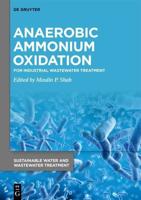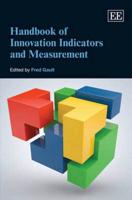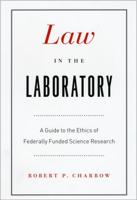Publisher's Synopsis
The release of unpleasant odours during wastewater and sludge treatment and disposal is not new. However, in recent years the level of complaints concerning the release of these offensive odours has increased. This is in part a direct result of the encroachment of housing on lands surrounding existing wastewater and sludge treatment works, together with the raised awareness of the public over its rights related to environmental issues. To avoid the creation of nuisance odours in wastewater and sludge treatment requires an understanding of those processes that are responsible. Odours that are formed within wastewater and sludge will not create an odour nuisance until they are released into the atmosphere. It is therefore important to understand the mechanisms by which odours are formed and then released and dispersed in order to provide effective control systems. The CIWEM-IAWQ odour conference enabled practitioners, regulators and researchers to present findings on a wide range of topics relating to the control and prevention of odours. Twenty-two papers have been selected for these proceedings. They examine the regulation of odour emissions, techniques used to measure and model odour emissions and treatment technologies used to control and prevent odour formation and emission.









